Huawei Mate 20 Pro vs Huawei P20 Pro: Which is best?
Does Huawei's latest top its most recent greatest?
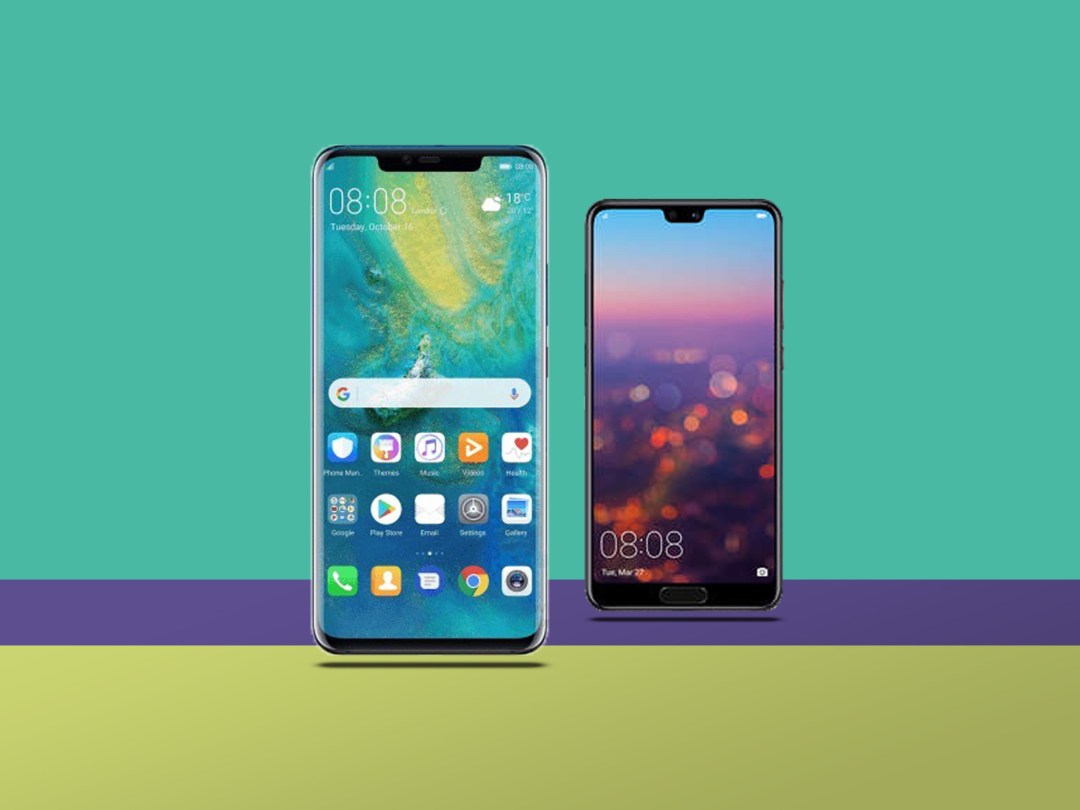
How can Huawei top the brilliant P20 Pro? By bringing in a new Mate, perhaps.
The new Huawei Mate 20 Pro is undoubtedly leaps and bounds better than last year’s strong, but now thoroughly dated-looking Mate 10 Pro, packing in a dazzling new design along with loads of top-end tech.
Of course, the P20 Pro is only months old and was our #1 smartphone in the world leading up to the Mate 20 Pro’s debut, with its innovative triple-camera setup taking the smartphone game by storm. The Mate 20 Pro is certainly impressive, but does it topple Huawei’s own current leader? Here’s our take.
Design: Extra refinement
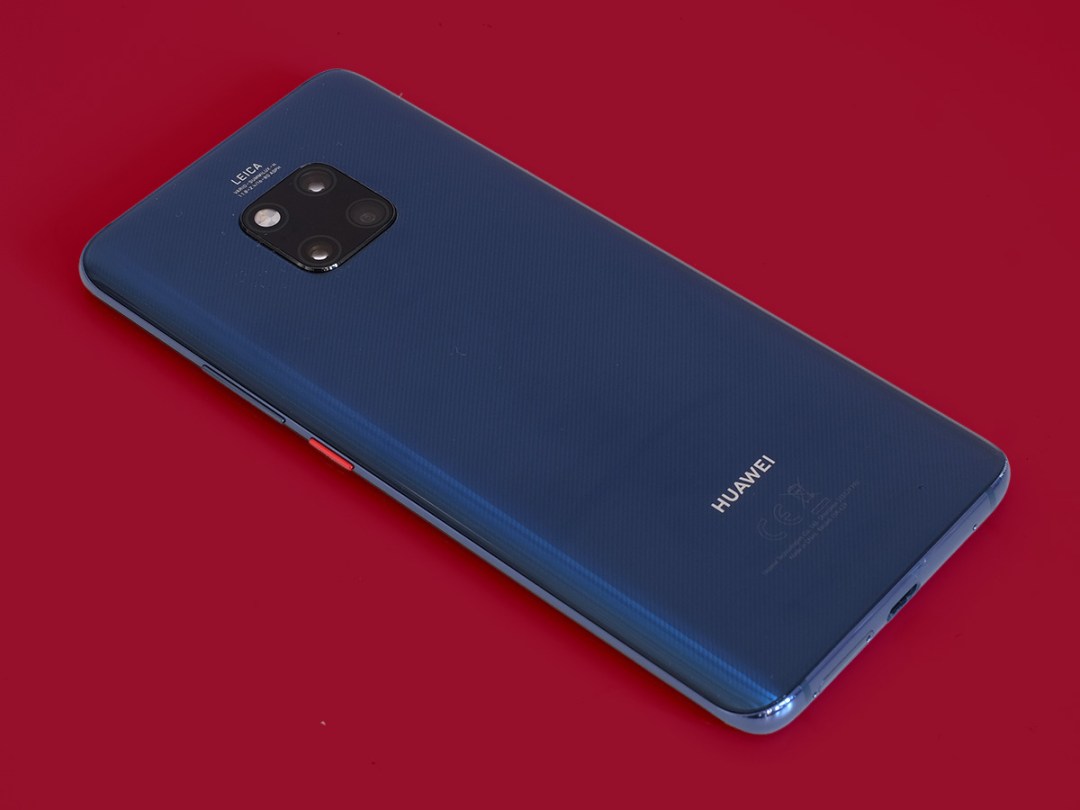
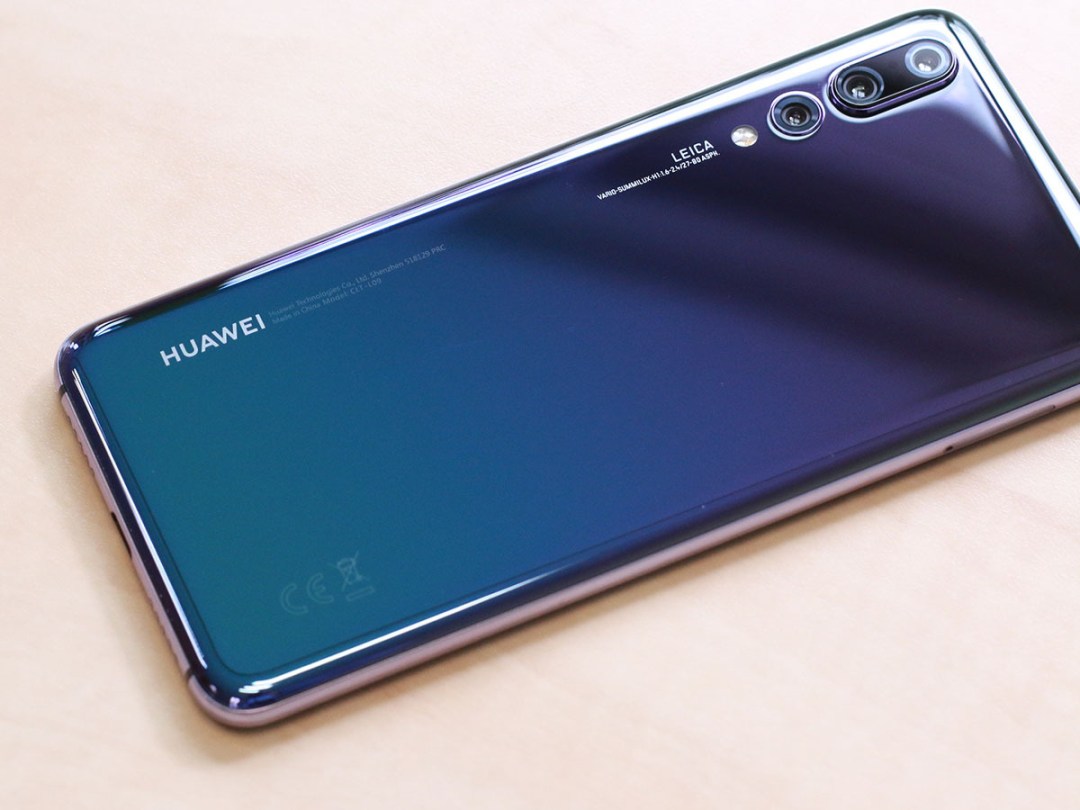
Both of these phones pack a notch atop the screen, and both offer a dazzling Twilight gradient colour option on the back. But the Mate 20 Pro shows that Huawei learned some quick lessons from the already-beautiful P20 Pro.
Most noticeably, the Mate 20 Pro doesn’t have that huge “chin” at the bottom, thanks to shedding the traditional fingerprint sensor – it’s actually integrated in the display now, which is a trend we’ll be seeing a lot more of soon (including in the OnePlus 6T). That helps make for a more immersive screen experience, plus the curved glass sides are an alluring touch. It still has a little more chin than an iPhone XS, for example, but it’s pretty slim.
On the back, the P20 Pro has the benefit of keeping its camera sensors along the side to provide more real estate for those great gradient colour options, but the Mate 20 Pro’s centralised square-pattern nub is kind of a unique new approach, too. It also has a “hyper-optical” textured grip option, which you might love or hate. In any case, it can help with handling this tech-filled superphone.
Verdict: Huawei Mate 20 Pro
Screen: Bigger and more beautiful
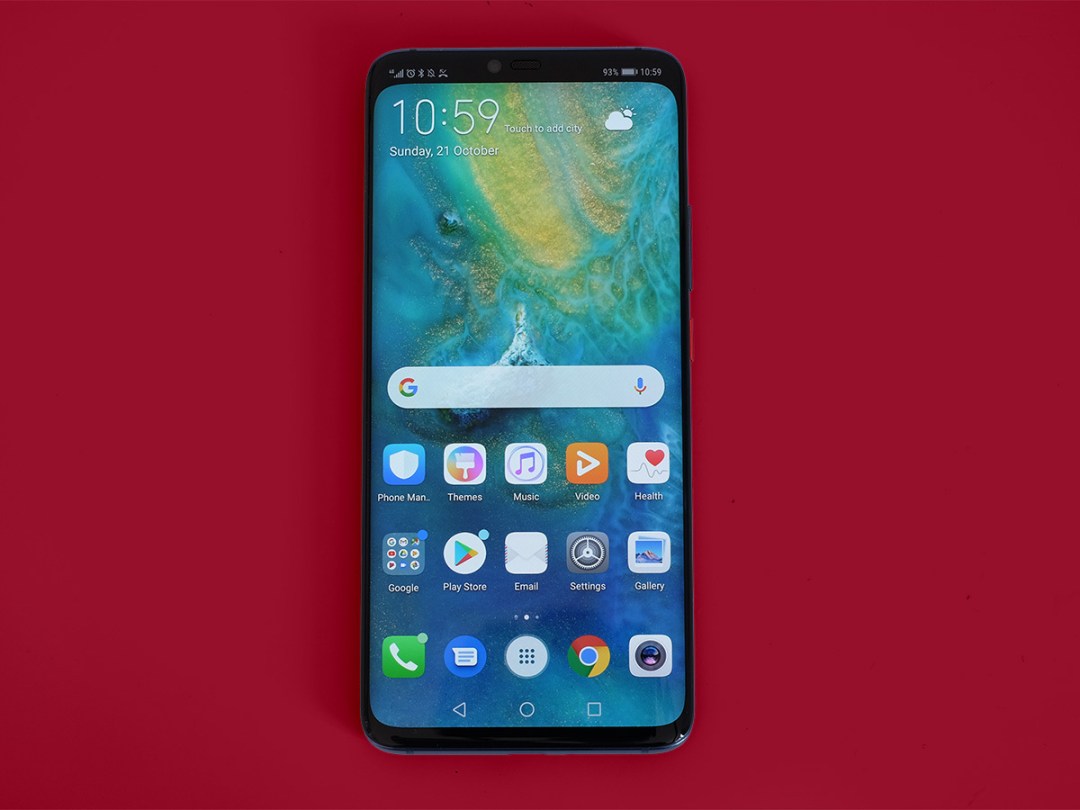

No question here: the Mate 20 Pro is the better bet here. It’s a larger OLED panel, at 6.39in as opposed to 6.1in on the P20 Pro – but more importantly, it’s higher-resolution at Quad HD. The P20 Pro’s 1080p screen was very nice, but the Mate 20 Pro’s screen improves on that.
Granted, the notch on the Mate 20 Pro is much wider – but that’s because of the new camera tricks and sensors held within. It’s really not an issue; the notch is comparable to that of Apple’s iPhone X/XS models, and we got used to those in a hurry. You’ll do the same here. Besides, if you really hate it, you can “hide” it via black software bars on each side, as shown.
Verdict: Huawei Mate 20 Pro
Read More › Huawei Mate 20 Pro hands-on review
Camera: The best gets better
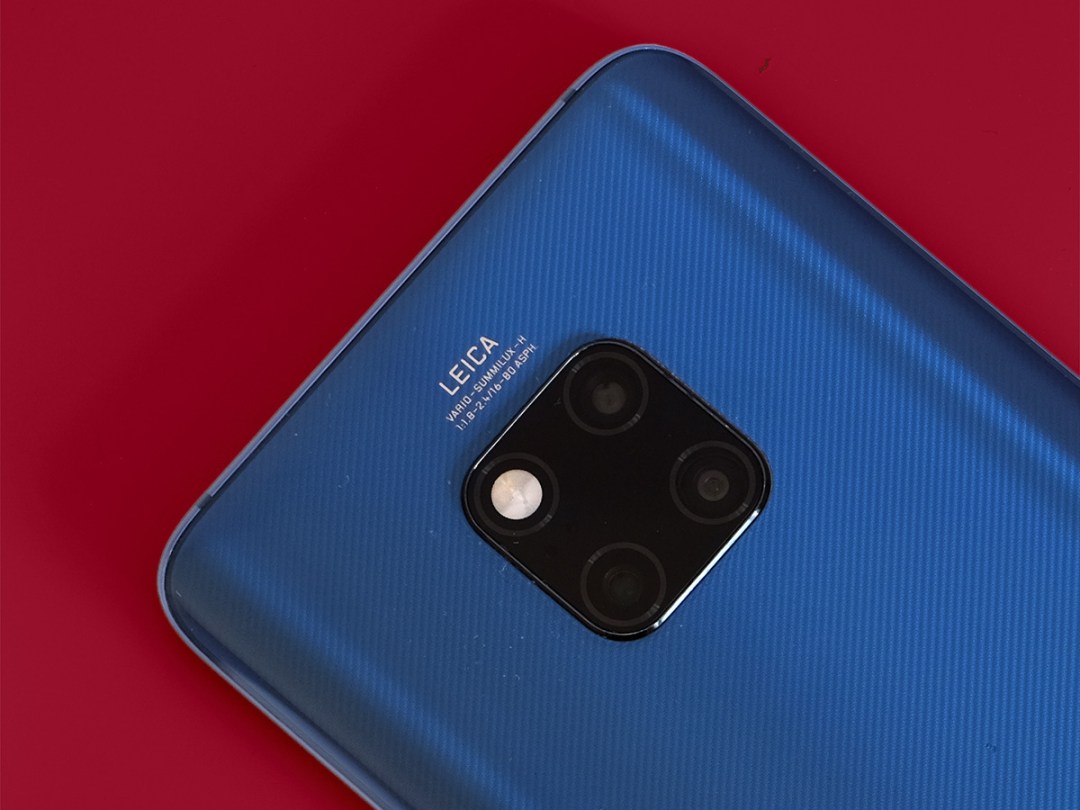
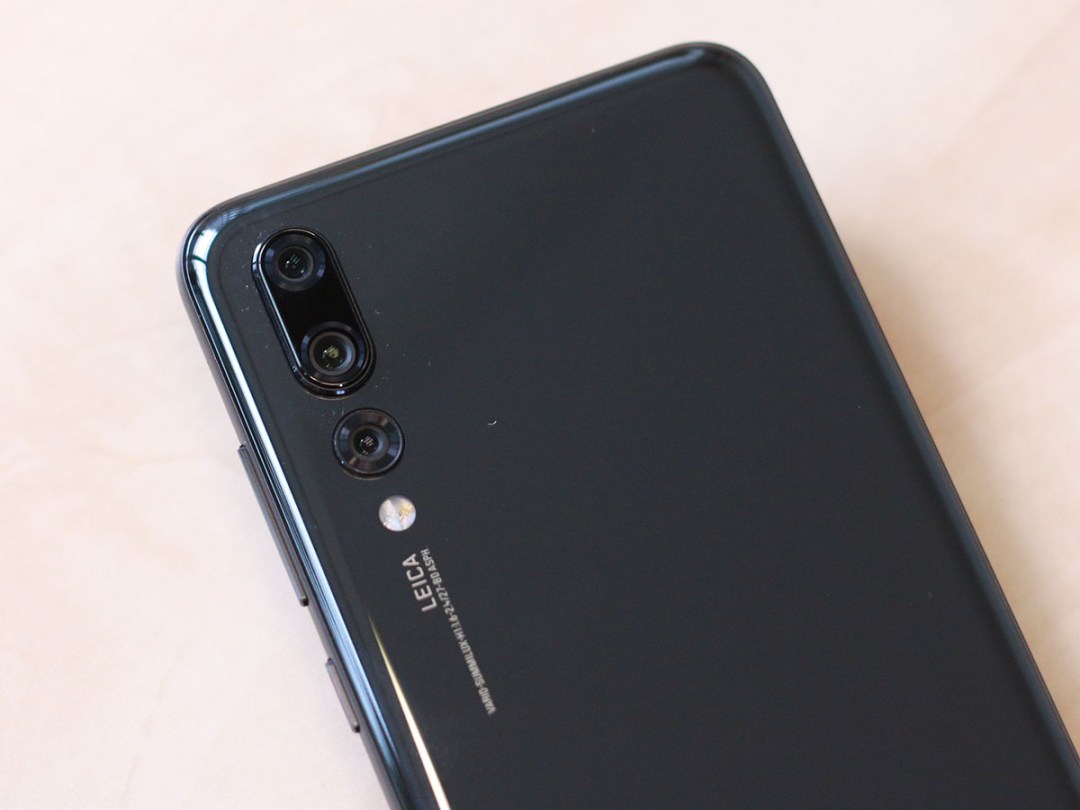
The P20 Pro’s camera setup is what set it apart from the rest of the flagship class earlier this year, elevating it to the top of the pile. And the Mate 20 Pro tops it.
The Mate 20 Pro keeps the 40-megapixel wide-angle and 8MP telephoto lenses from before, but trades out the P20 Pro’s monochrome lens for a 20MP ultra wide-angle camera. That makes close-ups and super-wide shots even better, and yes, the software can still handle black-and-white shots without a dedicated snapper for it.
Of course, you still get the same kind of brilliant perks as before, such as the 3x optical zoom and 5x hybrid zoom, along with loads of detail in shots. But the ultra wide-angle replacement brings some nice bonuses that elevate the Mate 20 Pro over the P20 Pro. It’s also shockingly good in nighttime shooting – the best phone on the market in that regard.
On the front side, the iPhone X-like camera setup has proper facial scanning via a dot projector, IR camera, and flood illuminator, which means the facial security feature is a lot more precise and secure than that of the P20 Pro. It even has Animoji-like 3D Live Emoji.
Verdict: Huawei Mate 20 Pro
Performance: More speed!
No doubt about it: the Mate 20 Pro packs more speed. It features Huawei’s brand new Kirin 980 chip, which uses the new 7nm production process, has a pair of neural processing units, and is big on A.I. capabilities.
The Kirin 970 in the P20 Pro is obviously plenty speedy, but it’s a year old at this point – and has been surpassed by all of the flagship competition. Huawei’s latest chip is only consistently beaten in benchmark testing by Apple’s A12 Bionic chip in the latest iPhones, but in the Android space, the Kirin 980 is right up there at the top.
Verdict: Huawei Mate 20 Pro
Read More › Huawei P20 Pro hands-on review
Battery and perks: More options
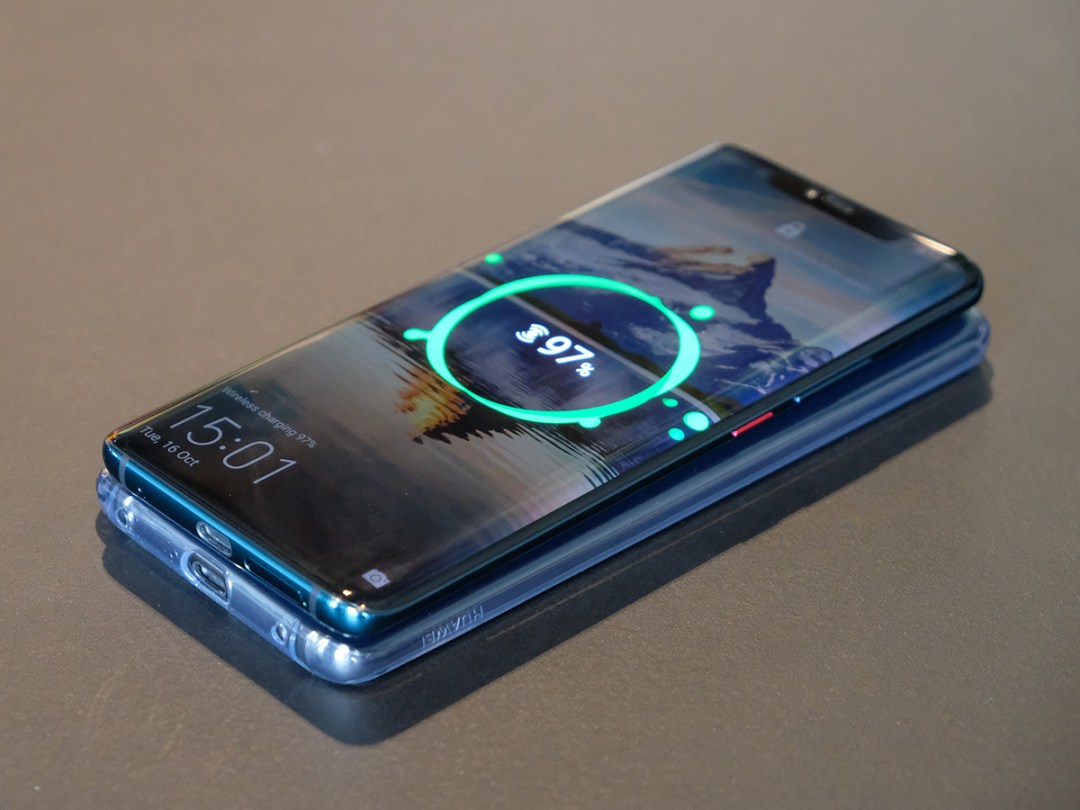
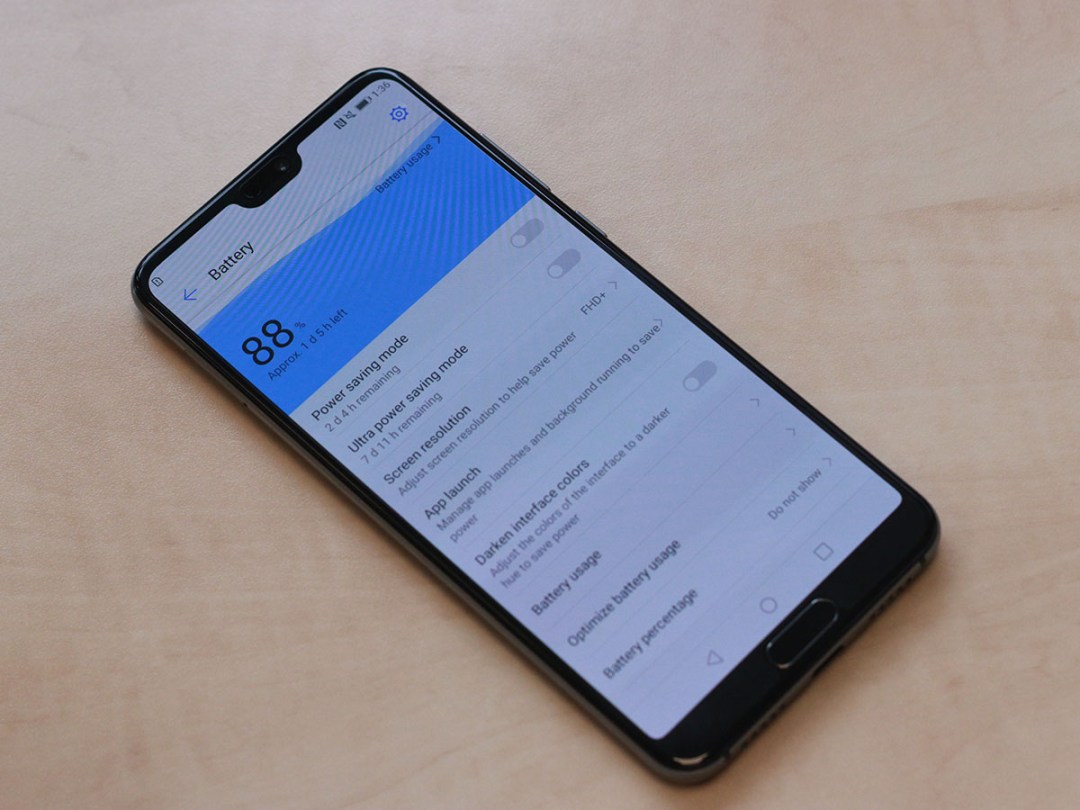
The Mate 20 Pro packs in a massive 4,200mAh battery pack, which is a smidge more capacity than the 4,000mAh cell in the P20 Pro… although the larger, higher-resolution screen seems to suck up all of that additional power.
And maybe more, to be honest: the added power consumption of the Mate 20 Pro means that this battery isn’t really built for multi-day usage unless you’re barely using it. By comparison, the P20 Pro typically gave us about a day and a half of uptime with regular use. It’s built for a longer haul.
The Mate 20 Pro packs in wireless charging, however, which is missing on the P20 Pro. It’ll even charge other wirelessly-charged phones that are stacked on the back, which is… a very niche addition. A friendly one, though.
And while the P20 Pro offers no option for expandable storage beyond the 128GB found within, the Mate 20 Pro introduces Huawei’s new Nano Memory cards to supplement the 128GB onboard. Granted, a proprietary format is likely to cost more than a standard microSD card, as you’ll find used in many other phones… but it is smaller than microSD. So there’s that.
The Mate 20 Pro also now lets you wirelessly project a PC-like experience onto a compatible external monitor, rather than just using a USB-to-HDMI cable. That’s nice, if you can use it.
Verdict: Draw
Verdict: More everything (almost)
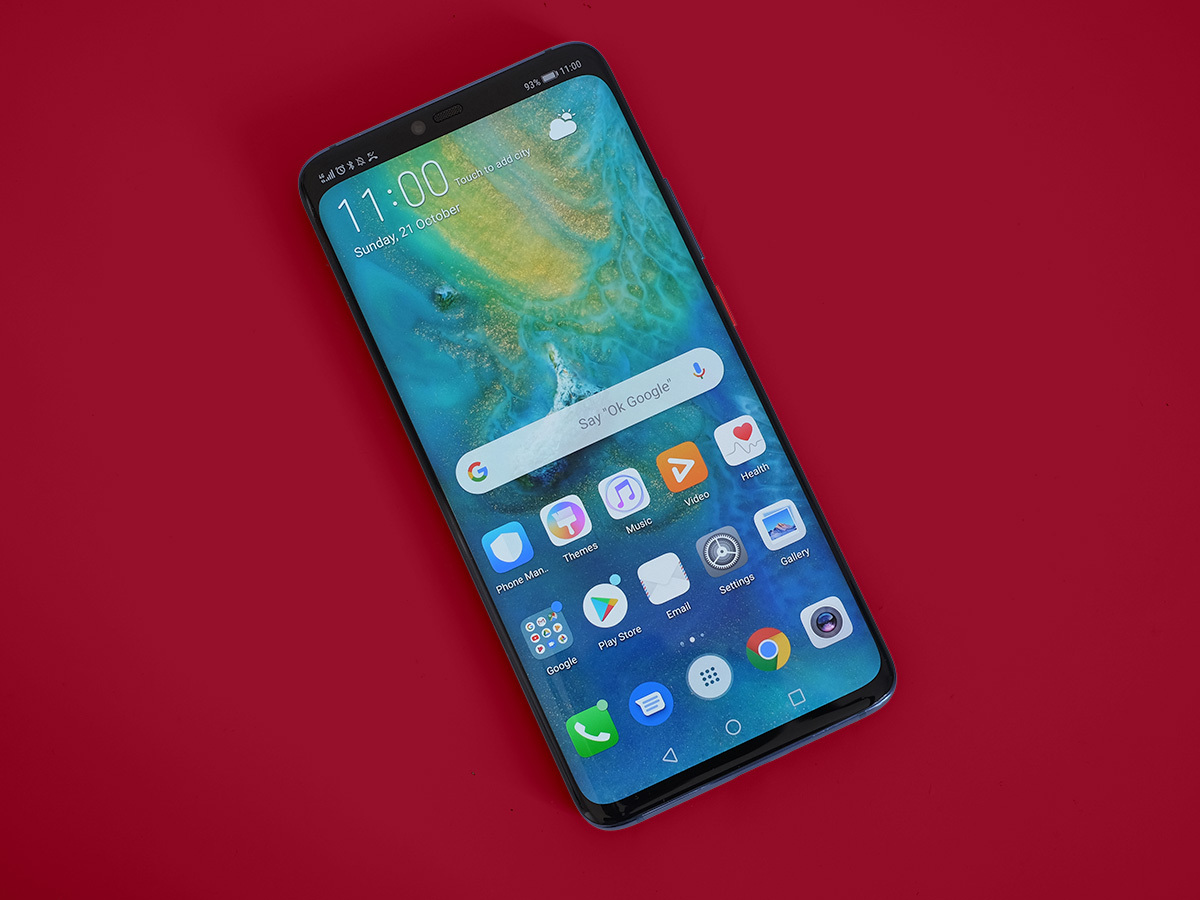
We thought the Huawei P20 Pro was packed with perks, but the Mate 20 Pro takes it to a whole ‘nother level.
It might technically be the successor to last year’s Mate 10 Pro, but it really feels like an upgrade to the P20 Pro, polishing the rare rough edges from this spring’s awesome handset and just adding more everything along the way. Well, almost everything: battery life isn’t quite as overwhelming this time around, but it definitely does the job.
Of course, those upgrades aren’t free. The Mate 20 Pro is priced at £899 in the UK, which is a £100 premium over the starting price for the P20 Pro.
But that’s money well spent for what you’re getting, although given that you can find the P20 Pro for a fair bit less than full price these days, you might want to compare the feature sets between the two and see if it’s worth the extra scratch for your own needs. Still, as an overall experience, the tech-packed Huawei Mate 20 Pro is the better handset.
Winner: Huawei Mate 20 Pro



